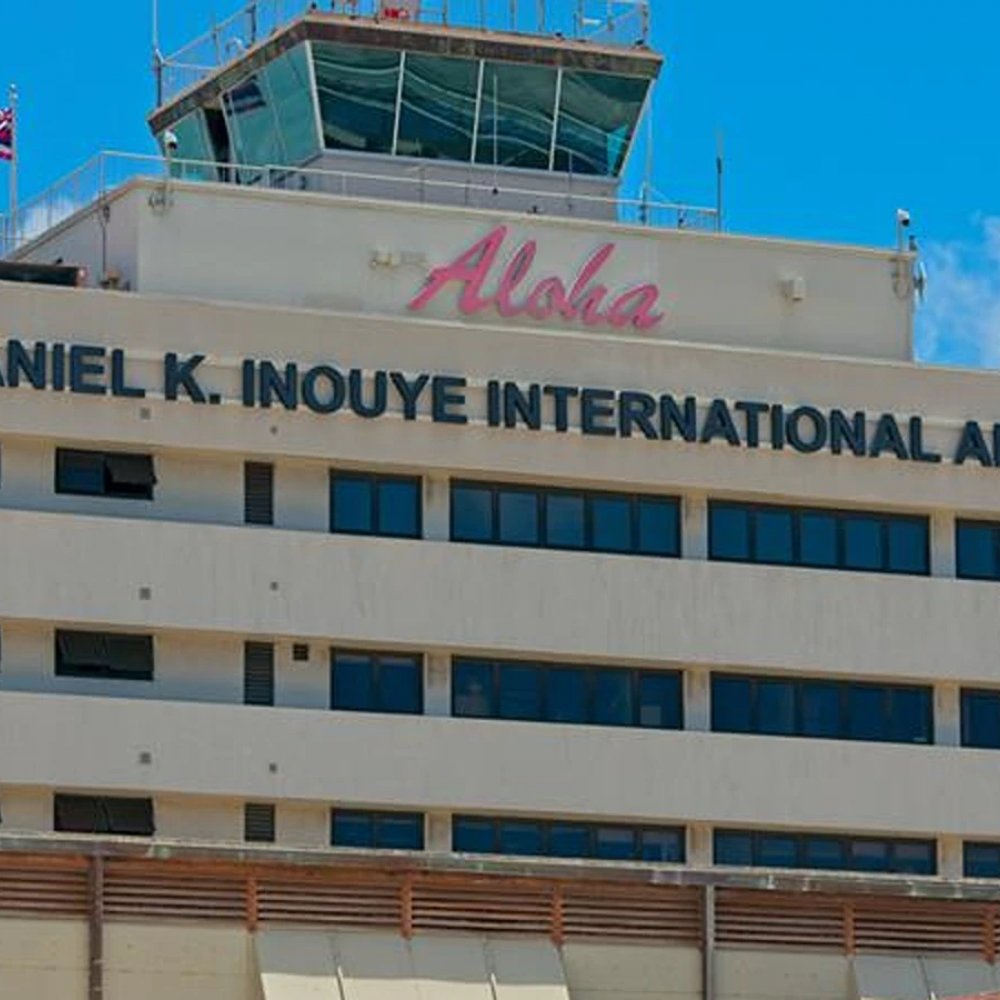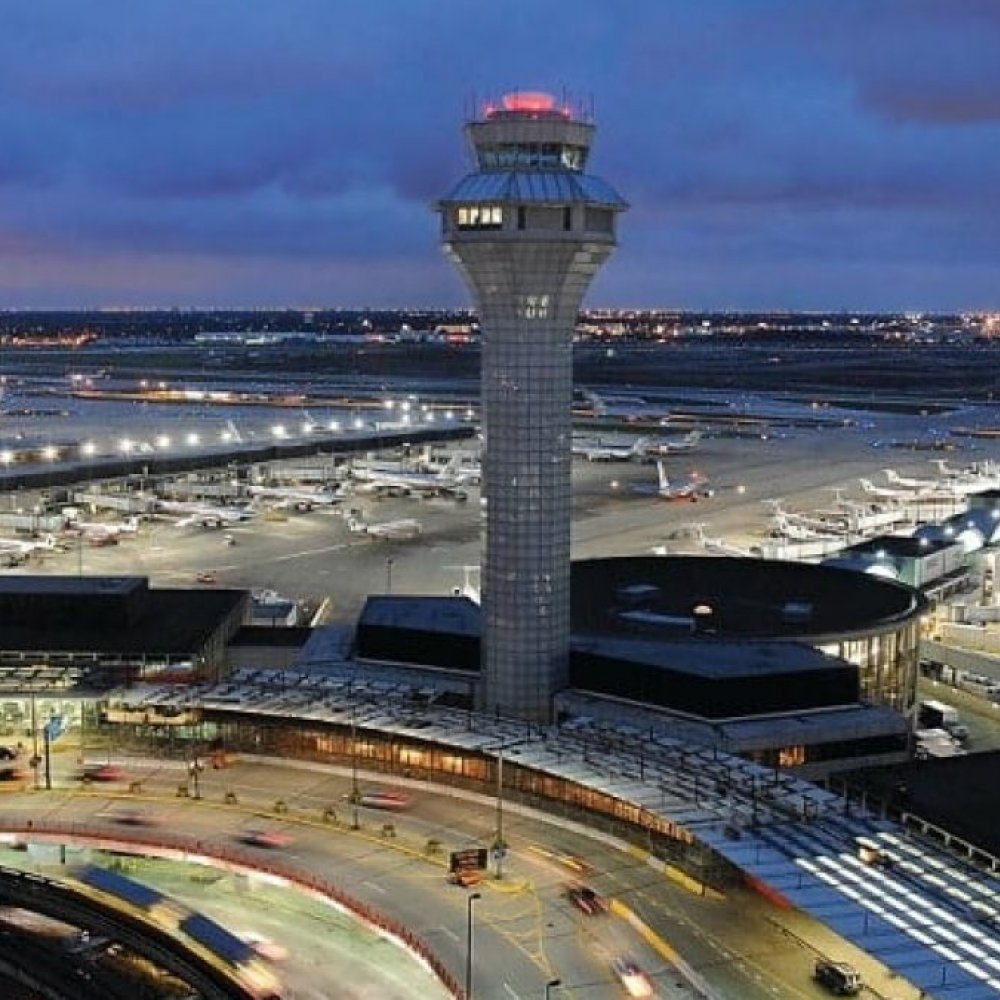Imagine you're setting off on your Hawaiian adventure, the sun already casting a warm glow over Honolulu city. You’ve packed your bags, double-checked your boarding pass, and now you face a crucial question: how to get to Daniel K. Inouye Airport, HI, US smoothly and stress-free? The vibrant mix of tourists and locals buzzing about, the sound of street music mingling with distant waves — it’s all part of your journey’s prelude. Whether you’re stepping out of your hotel, finalising plans with friends, or catching a last coffee, the decision of how to make your way to the airport carries weight. From the famed Waikiki District to the outskirts of the island, transportation options abound but choosing the right one can save precious time, cash, and nerves. As a seasoned traveller and transport specialist, I’ve learned the ropes—from hailing taxis on Ala Moana Boulevard to catching the rapid rail from downtown Honolulu. When I last landed at Daniel K. Inouye Airport, the quick, easy transfer options made all the difference after a long flight. This guide invites you on a step-by-step journey through all the best routes, tips, and nuances so you can confidently navigate your way to Daniel K. Inouye Airport, HI, US without guessing or hassle.

Why Plan Your Airport Transfer?
Planning your transfer to Daniel K. Inouye Airport, HI, US isn’t just about picking a ride; it’s about controlling how your travel day unfolds. Hawaii’s island time blends a relaxed vibe with some unpredictable traffic spikes due to tourist surges, school runs, and special events. Arriving early at the airport could mean the difference between calm check-ins or frantic dashes through security. With multiple transport modes available—each with their quirks, cost brackets, and scheduling—you’ll want to tailor your choice to your itinerary, budget, and luggage load. Failing to plan could trap you in unexpected delays or hefty last-minute fares, especially during peak seasons like the holidays or festival weekends in Oahu. If you’re jetting off early from Waikiki or the Business District, time of day changes the equation. Local bus schedules may be limited before dawn, while taxis and rideshares surge in price late at night. Make sure you factor in these variables to avoid last-minute scrambling. Furthermore, knowing your route boosts peace of mind and cuts through the typical anxiety that surfaces before flights. When you expertly plan your transfer, you embrace the island’s aloha spirit right from the start—relaxed, prepared, and ready for adventure.
Price & Time Grid: Your Options at a Glance
| Mode | Single Fare (USD) | Return Fare (USD) | Journey Time* | First/Last Service | Night Surcharge |
|---|---|---|---|---|---|
| Taxi to Daniel K. Inouye Airport, HI, US | $35–$45 | $70–$90 | 15–25 mins | 24/7 | Yes ($5-$10, 10 pm–5 am) |
| Rideshare from City Centre to Daniel K. Inouye Airport, HI, US | $25–$40 | $50–$80 | 15–25 mins | 24/7 | Surge pricing after 9 pm |
| Daniel K. Inouye Airport, HI, US train | $2.75 | $5.50 | ~40 mins | 5 am–11 pm | No |
| Express Bus to Daniel K. Inouye Airport, HI, US | $3.00 | $6.00 | 45–60 mins | 5 am–11 pm | No |
| Local Bus to Daniel K. Inouye Airport, HI, US | $2.75 | $5.50 | 60+ mins | 4 am–Midnight | No |
*Times vary with traffic and time of day.
As you can see, taxis and rideshares offer the quickest trips but at a higher cost, especially if you’re catching late-night services that trigger surcharges. The Daniel K. Inouye Airport, HI, US train and express buses provide budget-friendly, predictable travel but take longer, so they suit early travellers with lighter luggage. Local buses are the cheapest option, perfect if your schedule’s flexible and you want to experience authentic island commuter life. Keep this grid handy for a quick decision—whether you opt for comfort, cost-saving, or a balance of both, it’s all here.
Step-by-Step Guide for Each Mode
Taxi to Daniel K. Inouye Airport, HI, US
- Step outside your accommodation and hail a taxi; if unsure, book ahead through your hotel concierge.
- Confirm the driver knows you’re headed to Daniel K. Inouye Airport, HI, US to avoid route confusion.
- Check the meter or agree on an approximate fare before setting off.
- Ensure your luggage is securely placed in the taxi’s boot or cabin space.
- Once at the airport, pay your fare including any night or surcharge fees.
- Ask for a receipt if you want record of your trip.
Rideshare from City Centre to Daniel K. Inouye Airport, HI, US
- Open your preferred rideshare app (e.g., Uber, Lyft).
- Enter Daniel K. Inouye Airport, HI, US as your destination.
- Choose your ride type based on budget and luggage needs.
- Confirm your pickup location, which can be curbside or a designated rideshare zone.
- Monitor driver arrival times and communicate via app if needed.
- Load your luggage carefully, tip if desired, and pay seamlessly through the app.
Daniel K. Inouye Airport, HI, US train
- Locate the nearest Honolulu Rail Transit line station near your accommodation.
- Purchase a HOLO card from vending machines or retail outlets; tap it before boarding.
- Board the train heading towards Daniel K. Inouye Airport station.
- Enjoy the scenic approximately 40-minute ride with views of Pearl Harbour and city.
- Disembark at Daniel K. Inouye Airport station and follow signs to Terminal.
- Tap off the HOLO card to end your journey.
Bus to Daniel K. Inouye Airport, HI, US
- Identify the appropriate bus route serving your location toward the airport.
- Arrive at the bus stop on time; buses adhere to schedules but can be early or late.
- Have exact change or a HOLO card ready for the $2.75 fare.
- Board the bus, store your luggage in overhead racks or dedicated spaces.
- Stay alert for your stop announcement or use a stop-request cord.
- Alight at Daniel K. Inouye Airport stop; follow airport pedestrian pathways to terminals.
Returning a Rental Car
- Top up the fuel tank to the required level specified by your rental agency (Hertz, March 2025 advises full-to-full policy).
- Follow airport signage to the car rental return area near Terminal 2.
- Inspect the car with a company representative or use the agency’s app to document condition.
- Complete any paperwork and verify final billing; keep your receipt safely.
- If returning after hours, use the designated drop-box for keys and documents.
- Locate the rental shuttle pick-up zone outside the return area.
- Board the shuttle to Daniel K. Inouye Airport departures and proceed to check-in.
Money-Saving Hacks
- Book your taxi or rideshare well in advance to avoid surge pricing.
- Use a HOLO card for rail and bus; it reduces individual fares and speeds boarding.
- Consider shared shuttles if you’re travelling with others—split fares lower costs significantly.
- Time your journey for off-peak hours to nab cheaper rides and lighter traffic.
- Pack light to skip extra luggage fees that sometimes apply to rideshares or taxis.
Peak-Hour vs Off-Peak Travel Times
Planning your transfer around peak or off-peak times can dramatically affect travel time to Daniel K. Inouye Airport, HI, US. Morning rush hour typically runs from 6:30 am to 9 am and evening from 3:30 pm to 6:30 pm, when Honolulu’s roads, especially routes from Waikiki and downtown, become congested. During these periods, the taxi or rideshare journey that normally takes 15 to 20 minutes can stretch to 30 minutes or more. Conversely, travelling off-peak—late morning or early afternoon—means smoother roads and faster trips.

Express rail and buses are less susceptible to traffic delays but can still face increased passenger loads during peak hours, reducing seating availability. Night travel between 10 pm and 5 am benefits from minimal road congestion; however, be mindful that taxis and rideshares apply surcharges during these times. For the best balance, early mid-mornings or post-dinner times work well unless you have super-early flights requiring pre-dawn departures.
Accessibility & Luggage Factors
Daniel K. Inouye Airport, HI, US accommodates travellers with diverse accessibility needs. Taxi companies offer wheelchair-accessible vehicles on request, but it’s wise to book these at least 24 hours ahead. The rail system features level boarding platforms and priority seating, making it a convenient option if you can manage luggage on escalators or elevators available at all stations. Buses provide designated spaces for wheelchairs, though some routes have more limited accessibility features.
If you’re carrying heavy or oversized luggage, taxis and rideshares offer door-to-door service, saving the hassle of juggling bags on public transport. Local buses can be crowded during peak hours, so plan accordingly. Luggage trolleys and porters are limited outside the airport terminal itself, so factor in your load when selecting your transfer mode. Travelling off-peak also means a more relaxed pace and greater space onboard trains or buses to accommodate your gear without stress.
Carbon-Smart Alternatives
Seeking greener ways how to get to Daniel K. Inouye Airport, HI, US? Shared shuttles are excellent for lowering your carbon footprint, typically combining multiple group pickups within a route efficiently. Bike-and-ride options are limited but viable if you live within cycling distance and can use safe paths to the nearest rail or bus station. Park-and-ride facilities near rail stations let you leave your car and hop on the train, reducing emissions significantly compared to driving all the way to the airport. Opting for the train or express buses over single-occupancy vehicles also plays a key role in sustainable travel on Oahu.
Sample 08:00 Flight Timeline
- T-12 hours: Check-in online, pack bags for transport mode choice.
- T-4 hours: Confirm transport bookings (taxi, rideshare, or verify rail/bus schedules).
- T-2 hours: Leave accommodation if travelling by public transport or shared shuttle.
- T-0: Arrive at Daniel K. Inouye Airport, HI, US, to check in and enjoy your flight stress-free.
Hidden Pitfalls & Local Quirks
Knowing a few local quirks can save you headaches during your airport transfer.
- Strike Days: Occasional transport strikes impact bus and taxi services; check local news for updates.
- Cash-only Buses: Some local buses accept only exact cash fare—no change given—so carry coins or a loaded HOLO card.
- Motorway Tolls: Oahu does not have toll roads, but construction-related lane closures occasionally cause unexpected slowdowns.
Eight Mistakes Travellers Make
- Leaving transfer plans until the last minute, especially on busy days.
- Underestimating journey times during Honolulu peak traffic.
- Not carrying exact bus fare or a HOLO card for public transport fares.
- Ignoring night surcharges when budgeting for taxi or rideshare rides.
- Failing to check accessibility and luggage space ahead of time.
- Assuming all rental cars return the same way; missing shift in signage can cause confusion.
- Overpacking causing difficulties in public transport boarding.
- Not verifying last train or bus service times for early morning flights.
Frequently Asked Questions
What’s the cheapest way to get to Daniel K. Inouye Airport, HI, US?
The cheapest way is taking the local bus or the Daniel K. Inouye Airport, HI, US train using a HOLO card, which reduces fares and offers reliable service at about $2.75 per trip.
How early should I leave for my flight when using public transport?
Plan to leave at least 2.5 to 3 hours before your flight to account for travel time, possible delays, and airport security checks.
Is there a direct train from Honolulu city centre to Daniel K. Inouye Airport, HI, US?
The Honolulu Rail Transit line connects the city centre directly to Daniel K. Inouye Airport station, providing a hassle-free transit option.
Can I use rideshare services 24/7 to the airport?
Yes, rideshare services operate 24/7, but expect surge pricing and night surcharges from about 9 pm to 5 am.
Call to Action
Now that you’re equipped with insider knowledge on how to get to Daniel K. Inouye Airport, HI, US, it’s time to plan your smooth, stress-free transfer. Have you tried any of these transport options or discovered your own tips? Share your stories and questions in the comments below. Don’t forget to subscribe for more savvy travel guides that keep you one step ahead on every journey.






